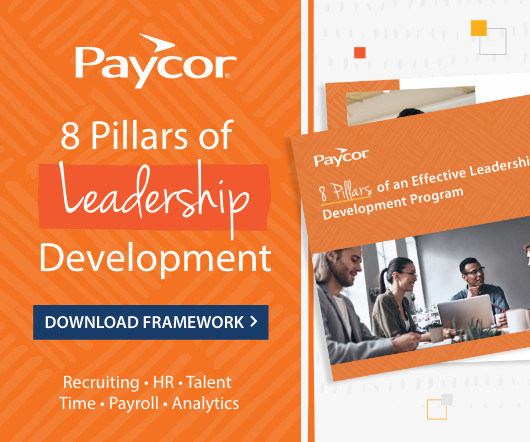Mourning the passing away of a unique political leader: Nelson Mandela, 1918-2013
Ahmed's Universe
DECEMBER 6, 2013
'PARIS I was 26 years old when Nelson Mandela was freed. I will never forget that day. I was living in the United States then and, watching the news on TV, I was shocked when I realized that he had entered jail before I was born, meaning that he had spent an entire life, a generation, behind bars. And why? Just because of his principles, mainly that all human beings are equal.




















Let's personalize your content